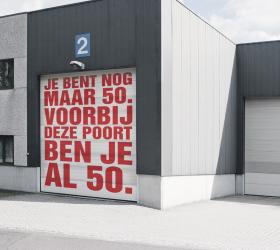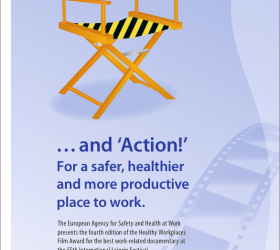Print advertising
Suitable for:
Medium to large organisations.
What is it?
Print advertising means advertisements that are printed in hard copy in publications (newspapers, magazines, journals) likely to be read by your target audience.
Benefits
- If you buy an advert in a magazine with a big circulation, you increase the likelihood that you will reach a wide audience.
- Also, you can choose between daily newspapers or monthly or quarterly magazines, depending on your target audience and their reading habits.
Limitations
- Print adverts are usually expensive but if you have a media partnership you may negotiate better rates.
- Be aware that the most desired pages (covers or right-side pages) are also the most expensive.
Target the most appropriate publications
- Think carefully about which newspaper/magazine you want to place the advert in.
- Think about your target audience and the publications they are most likely to read and chose the publication accordingly:
- For example, if you are trying to reach the general public a national newspaper would be most relevant.
- Whereas if you are targeting Occupational Health & Safety managers, you should place your ad in the appropriate specialist publications.
Visual design
- First decide on the overall look and feel of your campaign (such as logo, claim, colour scheme etc.). The objective is to keep the same visual identity throughout all of the campaign materials.
- You want to make sure that every time someone sees information about your campaign, they will be able to recognise it in different formats.
- Your visual design should attract readers’ attention. It also needs to tie in with your message. The headline alone should give all the information required. In many cases, this is all people will read.
Underlying concept
An advertisement needs to have a concept. This could be a clever image or attending- grabbing title that underlines your message and will attract the viewer’s attention.
Content and layout
- Be aware of the text space and size on your advert and how it relates to your ad size. If you have a quarter page advert in a magazine, you need to take extra care to make sure your headline is visible. Keep the body copy short, typically no more than 200 words.
- Incorporate a ‘call to action’ – tell readers what you want them to do. This can either be in a headline or at the end of the advert.
- Always include details of where to get more information. Direct people to the relevant website.
- If you are using pictures, make sure you use them at the appropriate resolution. A pixelated image reflects badly on your organisation. Make sure that you have photo rights and acknowledge (credit) the photographer if needed.
External resources
If you are serious about your investment in the print advertising medium you should probably enlist the help of a Communications/Advertising agency to help you develop your print ad concept.
Best practice example
The HIV/AIDS awareness day/red ribbon has become a symbol for the fight against HIV/AIDS. Your objective is to create the same kind of association in people’s mind. They should look at your communication material, the logo and the colours etc, and should immediately think: “Yes, this is the xxx campaign”.



